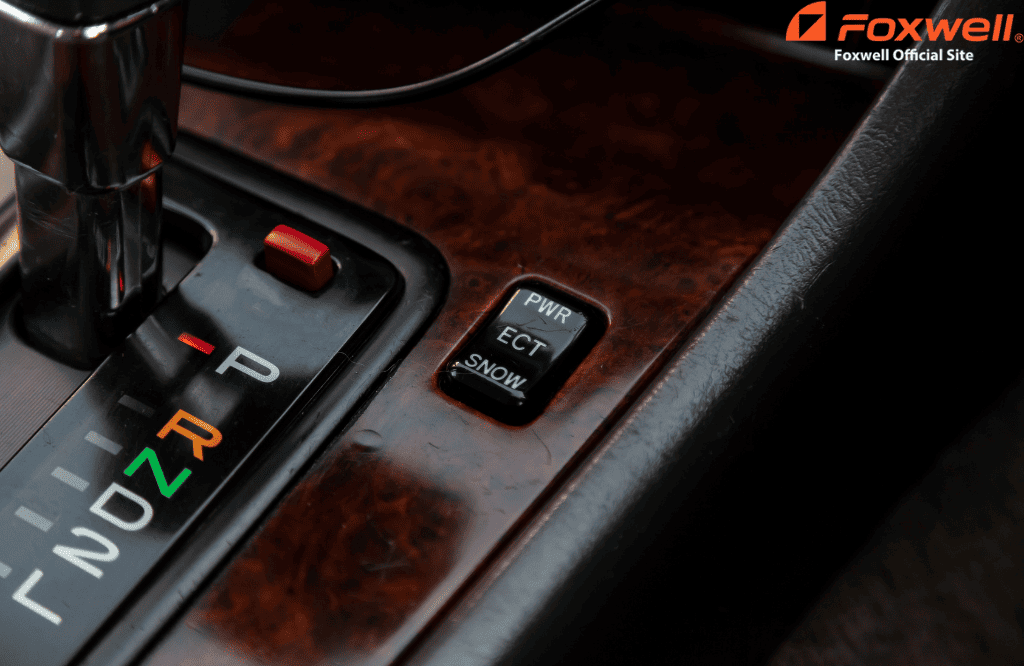When your vehicle exhibits unusual symptoms, one potential source may be its Engine Coolant Temperature Sensor (ECT). As an essential component in its cooling system, when this part fails, it could wreak havoc with engine performance, resulting in significant breakdowns and breakdowns for you and your passengers.
Let's break down everything there is to know about an ECT sensor—how it works, how to identify problems, and the costs involved with repairs or replacement. Understanding all this will save time, trouble, and unnecessary repair expenses down the line.
What is the Engine Coolant Temperature (ECT) Sensor?
An ECT sensor is essential for maintaining optimal engine temperatures. Situated within your cooling system, this device tracks coolant temperature before transmitting this data directly to your engine control unit (ECU).
Ultimately, this information helps the ECU manage fuel injection and ignition timing to keep an engine operating at peak performance and avoid overheating. This tiny sensor ensures all systems run smoothly under the hood.
If the ECT sensor in a car's engine management system malfunctions, the software will not receive accurate data, leading to engine management system issues and eventual car trouble.
Symptoms of a Faulty ECT Sensor
How Can You Tell If the ECT Sensor Is Bad? This step can be tricky. Signs of malfunctioning sensors may appear minor initially but eventually can lead to significant health risks if ignored.
Overheating of an engine is one of the first telltale signs. Faulty sensors might fail to accurately relay temperature readings to its ECU, leading to too-hot engine conditions and more significant issues like warped parts or cracked head gaskets.
One of the more frequent fuel efficiency problems stems from incorrect temperature readings by the ECU. If this data is off base, fuel mixture adjustments could occur improperly, leading to higher consumption levels and additional expenditures on gasoline and/or other forms of energy consumption.
Your engine may also experience rough idling or unexpected stalling if its sensor doesn't send back accurate temperature readings; without sufficient information being relayed from it, idling may not occur properly, and even worse, it might shut off unexpectedly.
If the check engine light illuminates, it's time for further examination. An OBD2 scanner may reveal codes related to your ECT sensor, such as P0115 or P0117, that require additional attention.
Diagnosing ECT Sensor Problems
Diagnosing an issue with your ECT sensor should be straightforward with the proper tools. The first step should be connecting an OBD-II scanner and checking for DTCs such as P0115, P0117, or P0118, which often indicate sensor issues.
Manually test your sensor by measuring resistance with a multimeter. As coolant temperature fluctuates, so should its resistance—any change or deviation indicates a possible malfunction of this component.
If you prefer not to get under your car, taking it to a mechanic for a thorough diagnostic check could be your best bet. They will examine both electrical connections and sensors to make sure everything works as it should.
Maintaining Your ECT Sensor
Regular maintenance is an effective way to prevent major issues with an ECT sensor, and it doesn't require much work or dedication.
Here is how you can ensure its long-term existence:
Maintain a quality cooling system. An inefficient cooling system puts undue strain on your ECT sensor; to minimize stress on this component of the car's system, check coolant levels regularly and use only approved types for your car's engine cooling.
Note leaks. A coolant leak could increase engine temperature and put undue stress on the ECT sensor; should one occur, get it repaired as quickly as possible to avoid sensor failure.
Stay ahead of any problems early with regular inspections of your cooling system by professional mechanics. They'll detect potential issues quickly so they can get to work solving any potential issues before they escalate further.
Replacing the ECT Sensor
Replacing an ECT sensor may seem straightforward. Still, this task must be performed carefully to achieve maximum success. Most often found near the engine block, you may require disassembling certain parts to gain access.
Here is an outline of the process:
Switch off both engine and battery before beginning repair work on either vehicle to prevent electrical shorts.
Locate the sensor. Depending on your vehicle, this may involve dismantling components like air intakes or exhaust systems to access it.
Removing an electrical connector and being careful not to damage wires when disconnecting.
Unscrew and replace the sensor. Screw in the new one using proper torque specifications not to damage threads during assembly.
After installing the new sensor, use an OBD-II scanner to clear any previous error codes that have accumulated.
How Much Does It Cost to Replace an ECT Sensor?
Replacement costs depend upon several factors, including your car model, labour rates, and location. On average, parts cost from $30 to $150. At the same time, labour can range between $50 and $150, depending on how complex your car's installation process may be.
If you choose a dealership for this work, expect its total costs to reach five digits or more. When replacing a sensor yourself, pay for parts, but be careful that you have access to all the necessary tools and skills before undertaking this project!
Choosing the Right ECT Sensor
When replacing an ECT sensor, you have multiple choices. OEM (Original Equipment Manufacturer) parts are more costly. Still, they can ensure an exact replacement experience compared to their non-OEM equivalents.
Choices include aftermarket parts that are cheaper but vary in quality and price.
Before buying sensors from untrustworthy sources or without checking reviews, always seek quality parts despite an additional investment - it will pay dividends!
Conclusion
Your Engine Coolant Temperature sensor is an integral component of your car's cooling system. Without it, your car's cooling system would not be able to maintain optimal temperatures, leading to ineffective performance or severe engine damage. Without constant monitoring, it would lead to decreased performance levels or engine malfunction.
If your engine overheats frequently, has poor fuel economy or experiences rough idling conditions, it may be time to inspect its ECT sensor.
Regular maintenance can help avoid problems, and should a sensor fail, replacing it can be relatively straightforward. You could tackle it yourself or take your car in for professional installation; either way, knowing what's expected can save time, money, and frustration later down the line.
FAQs
How frequently should I replace my ECT sensor?
ECT sensors do not have an exact lifespan. Still, with proper care of their cooling systems and regular maintenance, they could last between 100,000 and 150,000 miles. Regular servicing will extend this sensor's lifespan.
Can a malfunctioning ECT sensor cause my engine to overheat?
Yes, if the ECT sensor fails, it may feed incorrect temperature data to the ECU and cause your engine to overheat.
Can it be dangerous to drive with an inoperative ECT sensor?
Driving with an inoperable ECT sensor can be hazardous. However, immediate damage might not result, and continued driving could eventually cause overheating issues and poor fuel economy for your engine.




Leave a comment
This site is protected by hCaptcha and the hCaptcha Privacy Policy and Terms of Service apply.